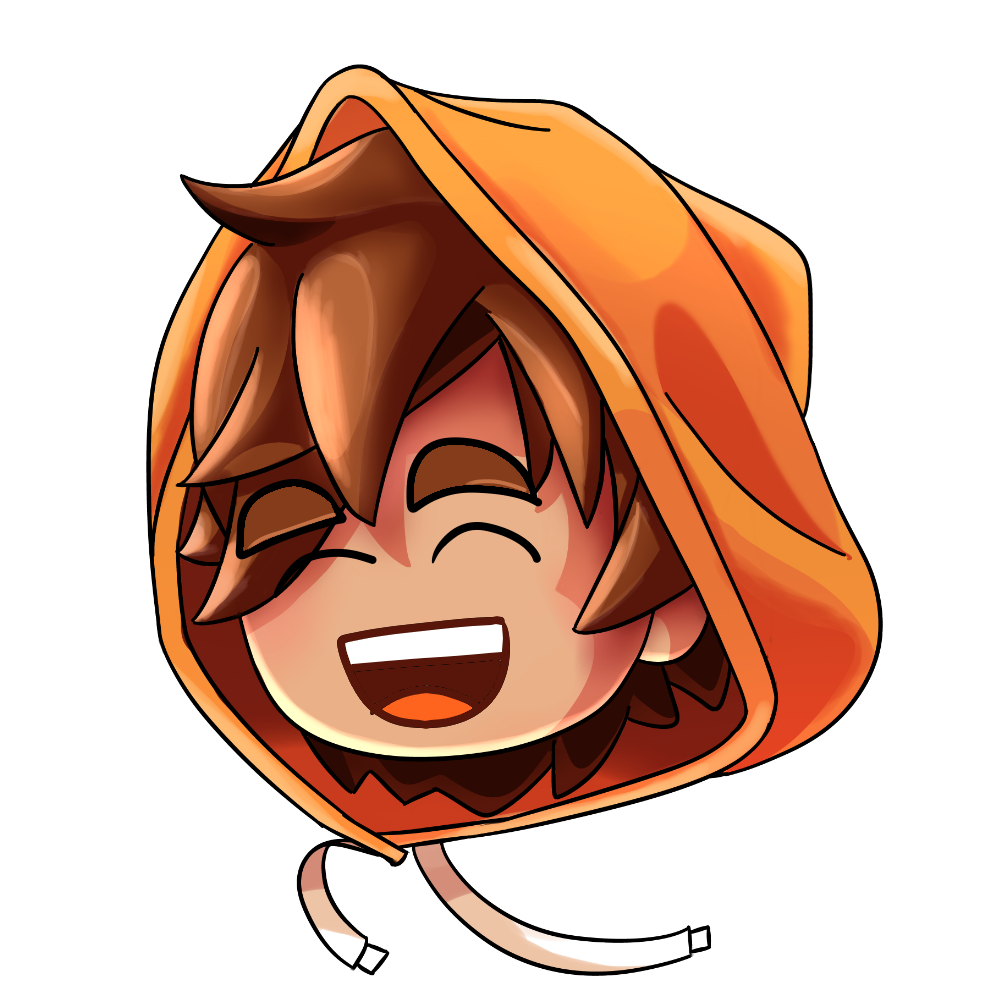
Hey there! I’m super excited that you want to know more about NVIDIA shaders and drivers. Let’s dive into this in a fun and simple way! Imagine we’re chatting over a coffee, no rush, just a friendly conversation. 😌
Let’s start with drivers. Think of drivers as translators between your operating system (like Windows or Linux) and your NVIDIA graphics card. Without a solid driver, your computer wouldn’t know how to handle what the graphics card does, like drawing graphics on the screen, rendering images, or running video games with high-quality visuals.
NVIDIA drivers are pretty famous for their performance and constant updates. Every time a new game or app comes out that demands heavy graphics, NVIDIA releases driver updates to boost performance, stability, and, of course, to make sure users get the best experience possible. So if you’re a gamer or work with graphics-intensive software, keeping your drivers updated is key. 😉
Now, within this driver talk, let’s focus on shaders. Shaders are like little artists working inside your graphics card, giving life to everything you see on screen. They are tiny programs that run within the GPU and handle the visual effects that make games, movies, or animations look amazing.

In simple terms, a shader takes data (like light, shadows, and textures) and turns them into something visually stunning. If you’ve ever seen a video game with a breathtaking atmosphere, where shadows move realistically or water glows with sunlight reflections, that’s all thanks to shaders. And although it may seem like magic, it’s all about math and programming. 🎮✨
In NVIDIA cards, there are different types of shaders. The most common ones are vertex shaders and pixel shaders. Vertex shaders process the positions of vertices (the points that form 3D objects), while pixel shaders handle the visual details of each pixel on the screen, like color, texture, and lighting effects.
One of the most advanced technologies NVIDIA has integrated into their GPUs is RTX, which uses a technique called ray tracing. Ray tracing makes visual effects like reflections, shadows, and lighting look much more realistic. Here, shaders play a critical role by handling how these effects are calculated efficiently.
And to go a bit deeper, the NVIDIA drivers also make sure that shaders run optimally on your hardware. If you have a powerful GPU like the RTX 3080 or RTX 4090, the drivers ensure that shaders use the full power of the hardware, giving you the smoothest and most efficient performance. 😎💪
What’s cool about NVIDIA drivers is that, apart from optimizing shader use, they also include technologies like DLSS (Deep Learning Super Sampling), which uses AI to enhance graphics quality without compromising performance. It’s like a magic trick that makes your PC run games beautifully without stressing out your GPU! ✨
To sum up, NVIDIA drivers are super important for making sure your system runs smoothly, while shaders are the little geniuses behind the stunning visuals you see on your screen. And all this is made even better by NVIDIA’s regular updates, ensuring you get the best visual experience possible. 🌟

[…] SHADER AQUI […]